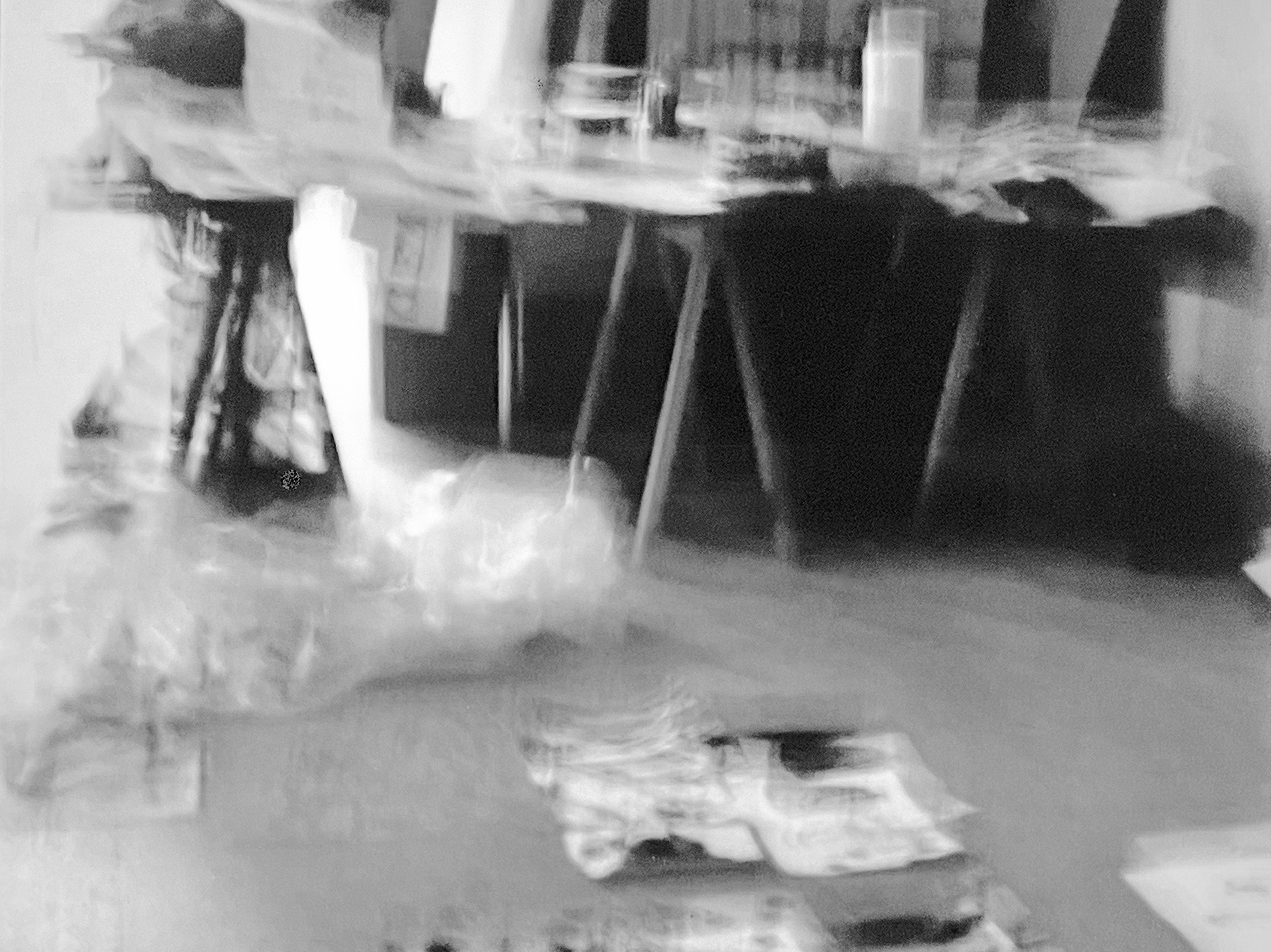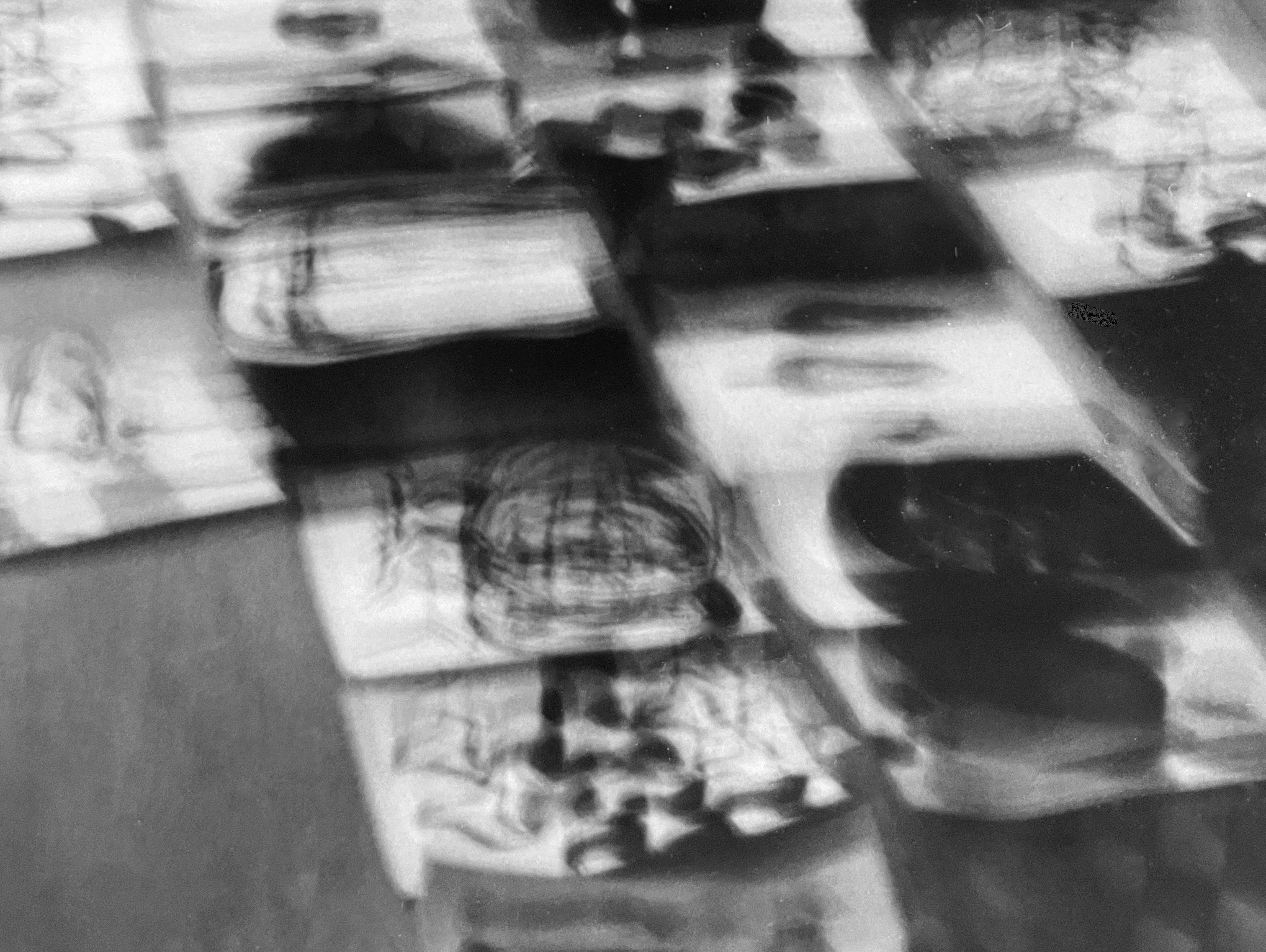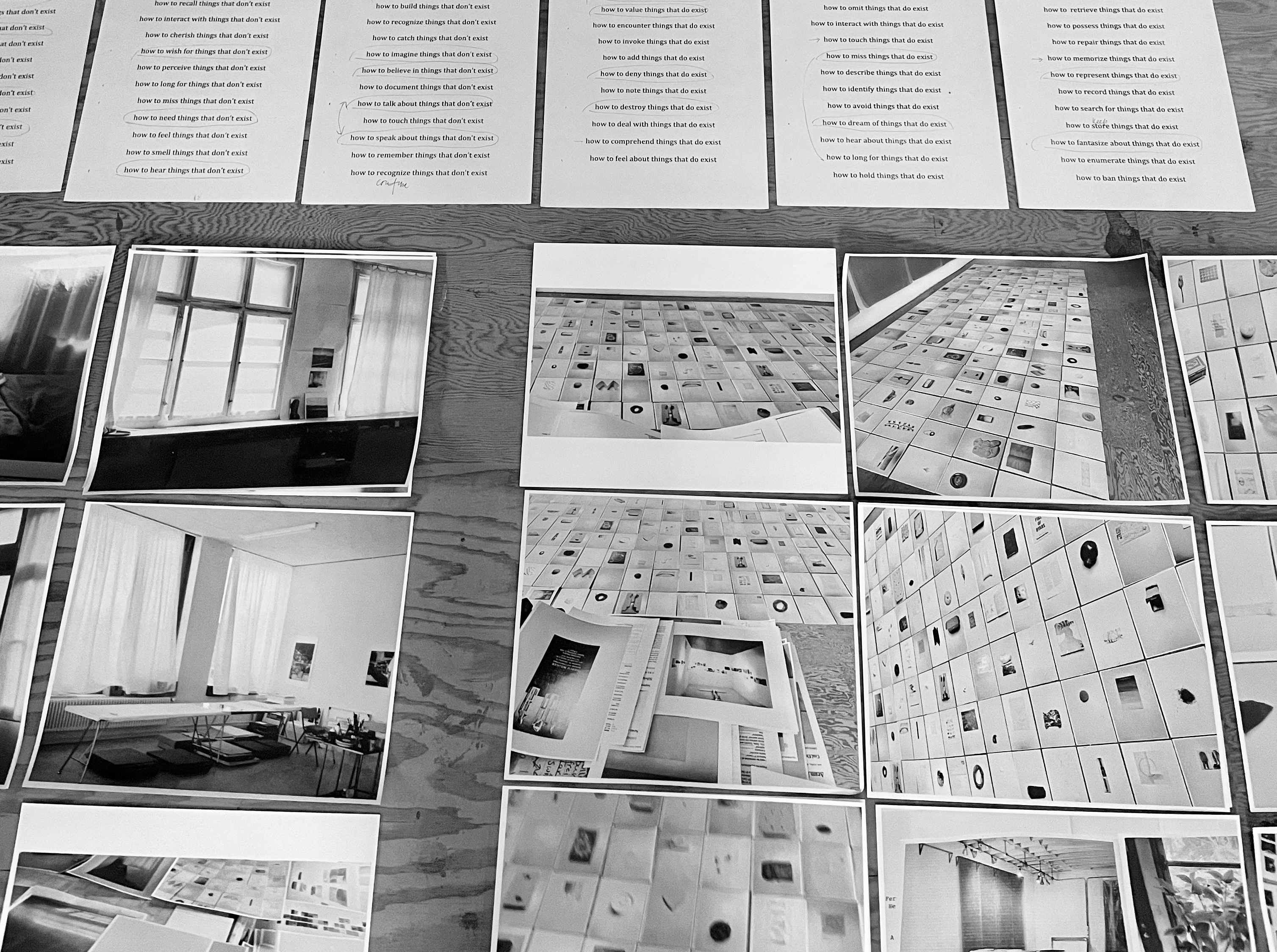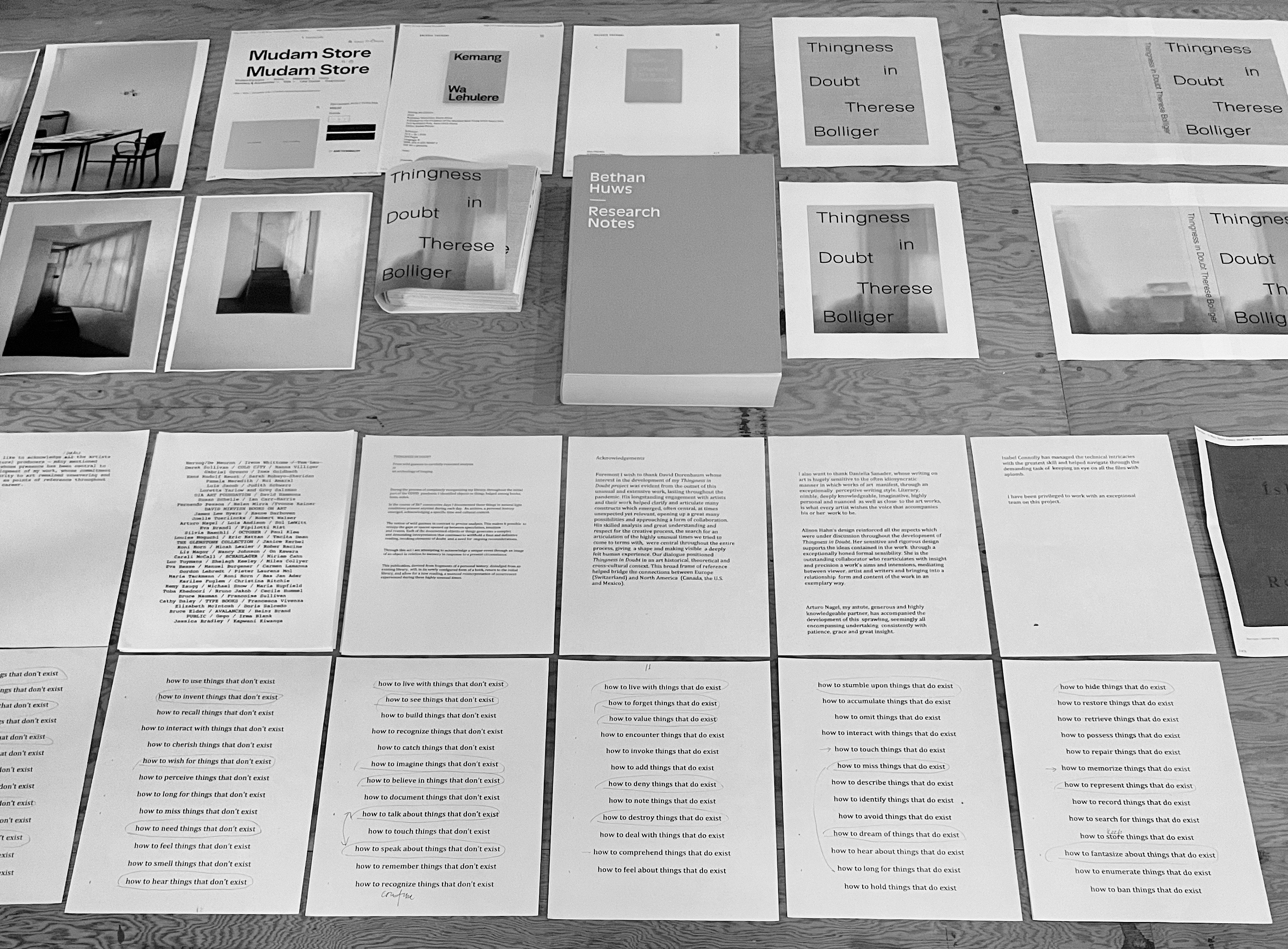


About the work
Bolliger’s reductive and formally rigorous work focuses on language, evolving constructs of time and space, the subjectivity of perception, cultural hybridity and critical reception of art works. Several extensive bodies of works on paper as well as the three-dimensional pieces are densely layered networks, informed by art history, critical theory, philosophy and literature. They attempt to draw attention to the fragile relationship that emerges between form, language and meaning.A large body of text-based, wall-dependent works focuses on questions surrounding the difficulty and complexity of critical reception of art works. These concerns are expressed through a reflection on individual artists whose history exemplifies an unusually difficult acknowledgement of their oeuvre (among them, David Milne, Hilma af Klint, Peter Rindisbacher, Meret Oppenheim and Robert Walser). The pieces draw attention to socially critical positioning of works, atemporality, cultural and artistic forms of withdrawal and issues of incomprehension and misinterpretation.
More recently Bolliger has juxtaposed distinct bodies of works by artists with whom she shares an aesthetic as well as critical sensibility. An image, or rather the memory of an image, fixed in a state of approximation, is paired with a brief text in the form of a footnote. This body of works on paper entitled Hybrids: One Work with Footnote, questions the tenuous boundary between a personal interpretation of a specific piece relegated to a footnote and the confirmation of a definitive critical acceptance in art historical terms. The notion of a footnote becomes a construct through which we acknowledge argument as fundamental to legitimacy.
Among the most recent works on paper is a piece entitled almost/not quite/perhaps, consisting of one hundred propositions in configurations of three words each. The words, derived from different fields of knowledge, including science ( velocity / speed / time ), philosophy (proposition / argument / discourse ) and semiotics (conundrum / paradox / thesis), provide a framework for entering an intense consideration of constructs of time, duration and space.



